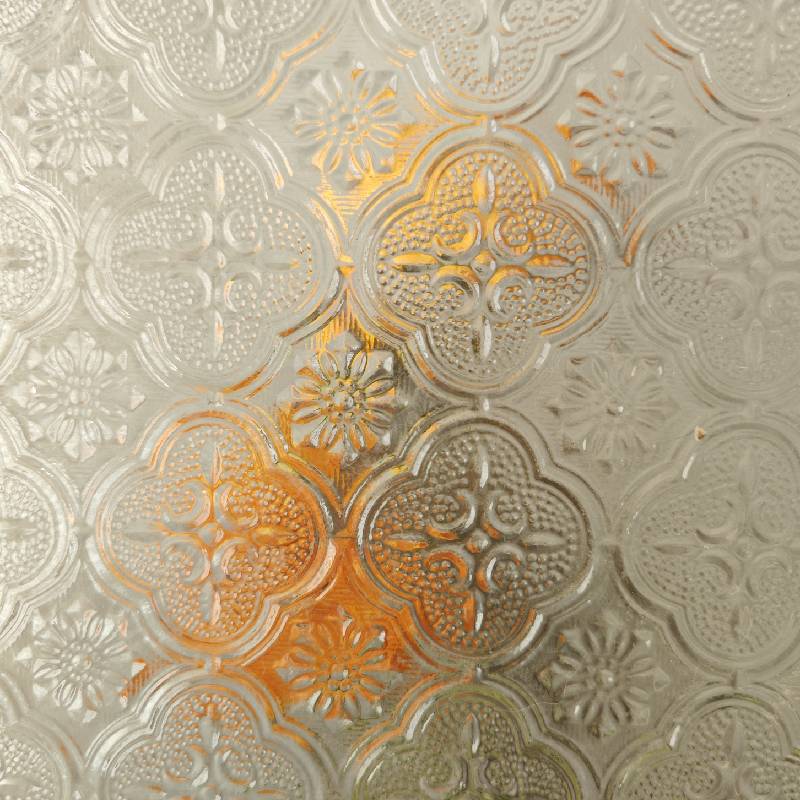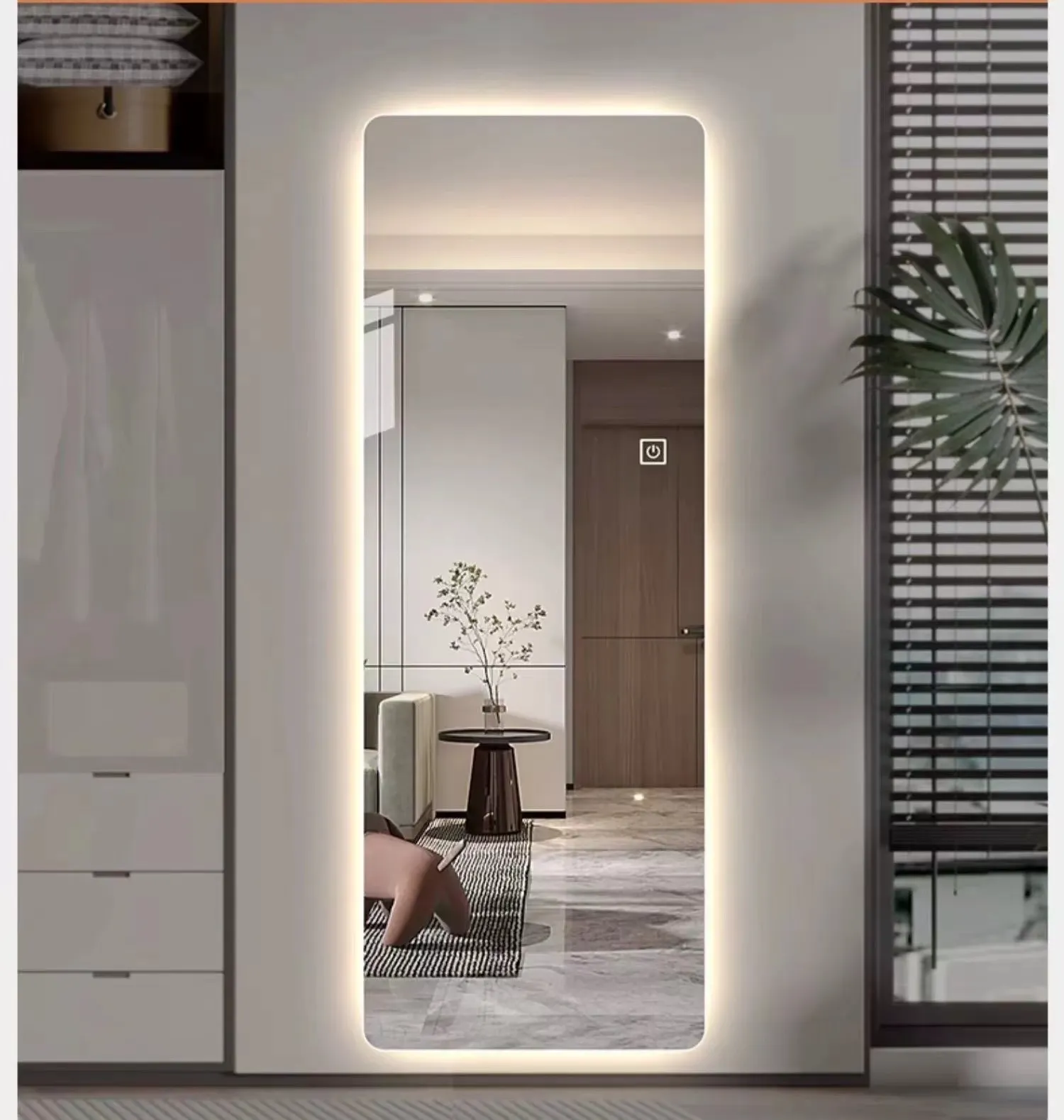Coloured frosted glass offers an exquisite blend of aesthetic appeal and functional benefits, making it an ideal choice for both residential and commercial applications. With a decades-long history of being used in architectural projects, this elegant material is witnessing a resurgence due to its versatility and sustainable qualities. The transformative capabilities of coloured frosted glass can elevate any space into a sanctuary of privacy and style, underscoring its reputation as a staple in modern design.

From a professional perspective, coloured frosted glass is not merely a decorative element but a strategic asset for architects and designers. With its array of vibrant hues and varied opacities, this material offers a customisable palette that can enhance the thematic coherence of any building project. For example, in office environments, different shades can be utilised to designate zones, improve mood, and influence productivity. Meanwhile, in hospitality and retail settings, coloured frosted glass partitions can create intimate spaces, curate customer pathways, and emphasize brand identity. The enduring elegance and neutrality of frosted glass make it suitable for renovations and new builds alike, ensuring timeless appeal.
Beyond aesthetics, coloured frosted glass is renowned for its practical benefits, particularly its capacity for light diffusion. Natural daylight is dispersed evenly, reducing glare while maintaining privacy, which is essential for environments like bathrooms, conference rooms, and storefronts. This balance between openness and discretion makes coloured frosted glass a frequent choice in settings where privacy is paramount without sacrificing style or space. Furthermore, its inherent versatility means it can be tailored to various textures and finishes, such as matte or glossy, providing designers and homeowners with a plethora of options.

In terms of sustainability and eco-friendliness, coloured frosted glass ticks all the boxes. As an inherently durable material, it boasts longevity that other synthetic materials cannot match.
It can be crafted from recycled glass, which reduces its environmental impact. Moreover, its ability to promote efficient energy use is unrivaled; by optimizing natural light while providing insulation, it contributes to decreased energy consumption, reflecting its importance in green building solutions. Notably, coloured frosted glass is low maintenance, requiring only occasional cleaning to retain its pristine appearance, thus reducing the need for harsh chemicals and additional resources.
coloured frosted glass
Selecting coloured frosted glass is not merely a matter of aesthetic preference but an investment in safety and durability. Manufacturers prioritise producing toughened and laminated glass options that withstand various pressures, making it resilient against impacts and less prone to shattering compared to conventional glass. This aspect is crucial for buildings in high-traffic areas or those subject to extreme weather conditions, highlighting coloured frosted glass as a long-term, secure choice.
For industry professionals dealing with installation and maintenance, understanding the nuances of coloured frosted glass is essential. Proper installation requires precise cutting and sealing to prevent issues such as moisture ingress, which can undermine its appearance and performance. Regularly updating one’s skills and knowledge in the latest glass processing technologies ensures optimal results, reinforcing trust and authority in a competitive market. Additionally, remaining informed about advancements in coatings and films that enhance glass performance—such as UV protection or scratch resistance—is vital for delivering cutting-edge solutions.
When considering coloured frosted glass, collaboration between designers, architects, and manufacturers is critical. Such collaboration ensures that the unique needs of every project are met, from initial design phases to final installation. Tailoring solutions to client specifications fosters a sense of trust and builds a reputation for expertise and reliability. Professionals who engage in ongoing dialogues with their clients are better positioned to anticipate trends and incorporate innovative uses of coloured frosted glass, ensuring they remain ahead in the ever-evolving world of design and architecture.
In conclusion, coloured frosted glass is a multifaceted material that offers unparalleled benefits in aesthetic appeal, practicality, and ecological sustainability. Its ability to marry form and function so seamlessly makes it an invaluable component in the toolkit of any design professional. Those who harness its potential can create spaces that are not only beautiful and practical but also environmentally responsible and enduring. This positions coloured frosted glass not just as a choice material, but a cornerstone of contemporary design.



